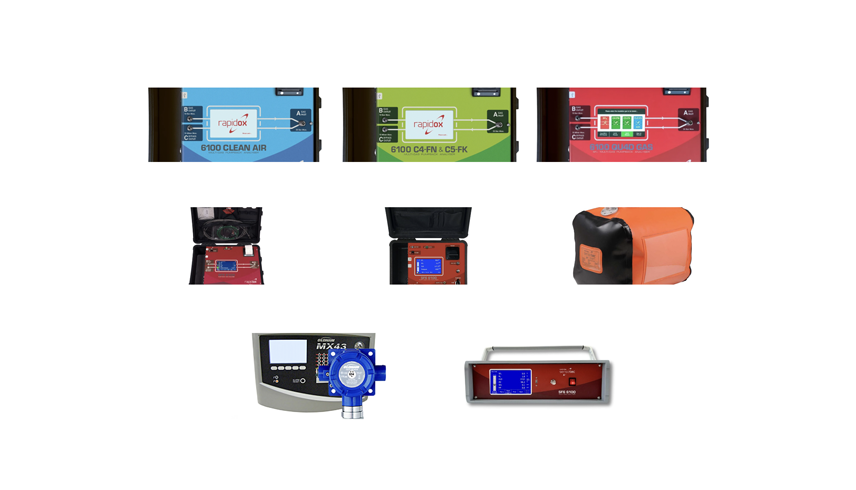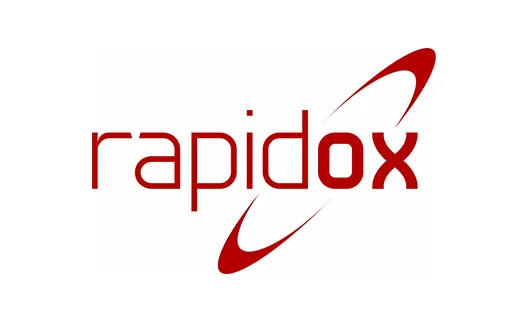

How to Transition to SF6-Free Switchgear: A Step-by-Step Guide
Introduction
The electrical industry is undergoing a critical shift. With growing regulatory pressure and increasing environmental awareness, the transition to SF6-free switchgear is becoming an operational priority. SF6 has long been used in high-voltage switchgear for its excellent insulating and arc-quenching properties. However, its environmental impact can no longer be overlooked. With a global warming potential more than 23,000 times that of CO2, SF6 is one of the most potent greenhouse gases in use today.
This guide outlines the key steps organisations can take to make a smooth and effective transition to SF6-free switchgear, aligning with global sustainability goals while maintaining system reliability.
Why Make the Transition to SF6-Free Switchgear?
Switchgear technologies are evolving. As the industry moves towards greener alternatives, SF6-based systems are increasingly seen as outdated and environmentally risky. Regulatory frameworks such as the EU F-Gas Regulation and pressure from stakeholders are accelerating the shift. Utility providers, industrial operators and infrastructure planners now need to take a proactive approach.
SF6-free switchgear offers equivalent or improved performance while significantly reducing the environmental footprint. From operational safety to long-term compliance, transitioning early enables organisations to lead rather than follow.
For more on the environmental reasoning behind this shift, see The Environmental Case for Transitioning to SF6-Free Switchgear.
Step 1: Assess Your Current Infrastructure
Start by reviewing your existing switchgear assets. Map out where SF6 is used across your network. Identify the age, type, and maintenance records of each unit. This helps prioritise which systems should be replaced first, based on risk, performance, or cost.
It is also important to determine the availability of maintenance support and parts for SF6 equipment. As demand shifts away from SF6-based systems, service limitations may become more frequent. A thorough inventory lays the foundation for a smooth transition strategy and helps clarify project scope.
Step 2: Explore SF6-Free Alternatives
Once your current inventory is mapped, explore available SF6-free options. Technologies such as DryAir and vacuum insulation offer high performance without the environmental concerns of SF6.
DryAir, for instance, uses a clean, dry gas mixture to deliver reliable insulation and switching performance. It requires minimal maintenance and has no harmful emissions. To learn more about this option, read DryAir: The Sustainable Alternative to SF6 in Switchgear.
Consider each alternative in terms of technical compatibility, operational demands, and installation requirements. Most modern solutions are designed to integrate seamlessly into existing infrastructure. Consulting with equipment manufacturers at this stage ensures that chosen technologies match both the physical and functional requirements of your existing system.
Step 3: Engage Key Stakeholders
Transitioning to SF6-free switchgear requires input from multiple teams. Engineering, procurement, safety and compliance personnel all need to be involved in the process.
Hold internal workshops or planning sessions to discuss the benefits and implications of the transition. Address concerns, define goals, and ensure everyone understands the long-term benefits. Early collaboration helps build alignment and avoids delays during procurement or commissioning.
External stakeholders may also need to be included. In some cases, local regulators, insurers or investors will want clarity on the technical and environmental rationale behind system upgrades.
Step 4: Develop a Phased Implementation Plan
A full network transition rarely happens all at once. Create a phased plan that replaces high-priority systems first. This may include ageing infrastructure, equipment with a history of leaks, or assets in highly regulated areas.
Include pilot projects where necessary. These smaller-scale installations help test new technologies in your specific environment before committing to wider adoption. Budget forecasting, procurement cycles and outage windows should also be factored in.
Set realistic timelines with clear milestones. A structured rollout allows time for adjustments, workforce training, and supply chain coordination. Build in contingency plans to address any procurement or installation challenges that may arise.
Step 5: Update Operational Procedures and Training
SF6-free switchgear often requires different handling practices. Operators and maintenance staff must be trained on installation, operation and safety procedures specific to the new equipment.
Develop or revise safety protocols, inspection checklists, and maintenance schedules. Training programmes should include both theoretical and hands-on modules.
Where possible, work with manufacturers to deliver onsite training or support. Providing staff with access to detailed user guides, virtual simulations and technical support lines can significantly reduce the learning curve.
By investing in workforce readiness, organisations can ensure long-term reliability and minimise the risk of disruption during and after the transition.
Step 6: Monitor, Maintain and Report on the Transition to SF6-Free Switchgear
Once SF6-free switchgear is in place, ongoing performance tracking is essential. Set up monitoring systems to evaluate reliability, safety, and efficiency. Where possible, integrate digital diagnostics or remote condition monitoring tools.
Reporting also plays a key role. Environmental reporting frameworks and internal ESG metrics increasingly require detailed data. Document each stage of the transition, from decommissioning old units to installing replacements.
Tracking your progress helps demonstrate compliance, unlock funding opportunities, and share success across the industry. Some regulatory agencies may also offer tax benefits or grant support for SF6-free technology adoption.
The Benefits of a Structured Transition
A clear and methodical approach offers measurable benefits. These include:
- Reduced environmental impact
- Regulatory compliance
- Improved public and stakeholder trust
- Lower operational risk
- Future-proofed infrastructure
With the right strategy, the transition becomes not just a necessity but an opportunity. Organisations that take the lead are better positioned to meet both legislative demands and environmental responsibilities.
To further understand the strategic rationale for change, see Why SF6-Free Switchgear?.
Conclusion
Phasing out SF6 is no longer a future goal. It is a current requirement for those committed to sustainable energy infrastructure. By following a step-by-step transition plan, utility providers and industrial operators can stay ahead of regulations, improve system reliability, and play an active role in combating climate change.
Switchgear is the backbone of the power grid. Transitioning to SF6-free technologies ensures that the backbone is clean, compliant, and ready for the future.


